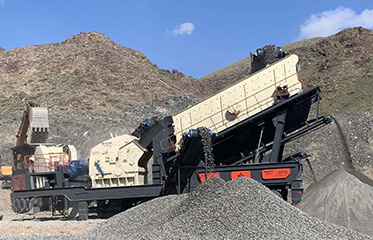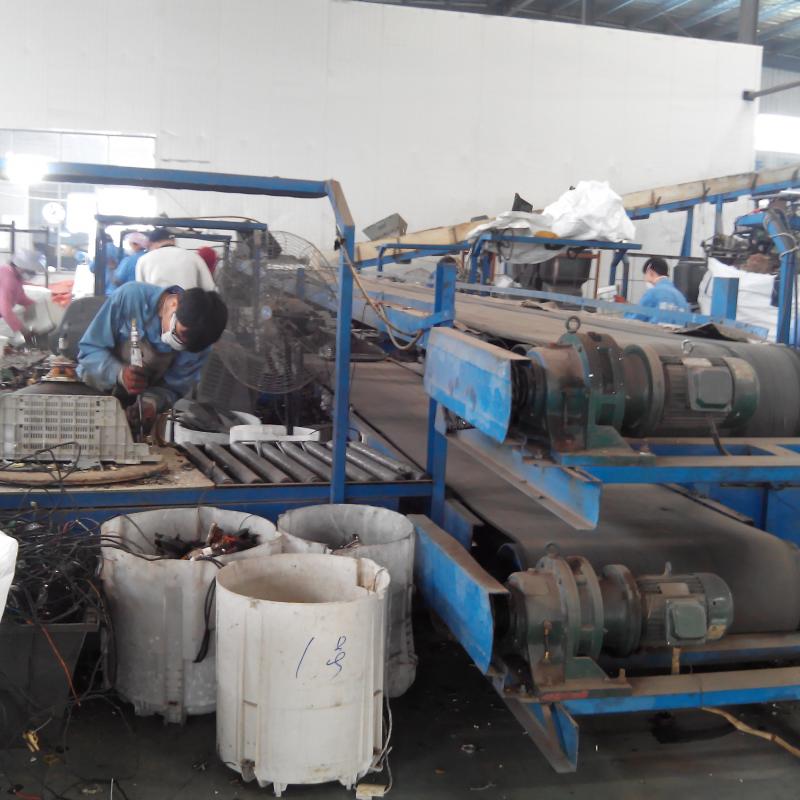Equipment for refining
Equipment used to extract a specific substance from raw materials. In the market, it is mainly used for pretreatment, leaching, fractionation, winterization, dewaxing, degreasing, deacidification, oil distillation and other steps.
Smelting equipment
Refining furnace is a kind of smelting equipment in the hot processing industry, which is mostly used for the final deoxidation and alloying process of molten steel in ferrous metallurgy.
There are different classifications according to different smelting purposes, and the common ones are argon blowing refining furnace, LF refining furnace, etc.
The main production equipment includes RH refining furnace and LF refining furnace. A kind of equipment used for refining crude metals to remove impurities in non-ferrous metallurgy or steel metallurgy. There are three types of refining furnaces used for copper pyrometallurgy refining: reverberatory furnace, rotary furnace and tilting furnace.
The reverberatory furnace is a traditional pyrometallurgy refining equipment. It is a surface-heated chamber furnace with a simple structure and easy operation. It can handle cold materials as well as hot materials, and can burn solid fuels, liquid fuels or gaseous fuels. The volume and size of the reverberatory furnace can be large or small, with a large fluctuation range. The processing capacity can range from 1t to 400t, and it is very adaptable. Factories that handle more cold materials and smaller factories often use reverberatory furnaces to produce anode copper.
The reverberatory furnace also has the following disadvantages:
1. The oxidation and reduction operations such as inserting air ducts, slag removal, and copper discharge are all manual operations. The labor volume and labor intensity are large, the working conditions are poor, and it is difficult to achieve mechanization and automation.
2. The furnace body has poor air tightness, large heat dissipation loss, many smoke leaks, and poor workshop environment.
3. The amount of refractory materials is large, and the consumption of air ducts and auxiliary materials is large.
4. The stirring circulation of the copper liquid in the furnace is poor, and the operating efficiency is low.
The rotary furnace is a fire refining equipment developed in the late 1950s. It is a cylindrical furnace body with 2 to 4 air ducts, a furnace mouth and a copper outlet on the furnace body, which can rotate 360°. Rotate the furnace body to bury the air outlet under the liquid surface for oxidation and reduction operations. The rotary furnace body can be charged, slag discharged, and copper discharged, and the operation is simple and flexible.
The rotary furnace has the following advantages:
1. The furnace body has a simple structure and a high degree of mechanization and automation.
2. The furnace capacity varies from 100t to 500t, with large processing capacity, good technical and economic indicators, and high labor productivity.
3. The operation of inserting air ducts and slag removal is cancelled, and the consumption of auxiliary materials is reduced.
4. The rotary furnace has good airtightness, less heat loss from the furnace body, low fuel consumption, less smoke leakage, and good environmental sanitation.
The tilting furnace was designed in the mid-1960s on the basis of the reverberatory furnace and the rotary furnace, absorbing the advantages of the two furnace types. The furnace is shaped like a reverberatory furnace, maintaining a large heat exchange area. It adopts a rotatable rotary furnace, adds fixed air vents, cancels the insertion of air ducts and slag removal operations, reduces labor intensity, and can handle both hot and cold materials. It is an ideal furnace type. The capacity of the tilting furnace varies from 55 to 350 tons. Although the tilting furnace is designed by integrating the rotary furnace and the reverberatory furnace, it also has shortcomings:
1. The furnace body has a special shape, complex structure, difficult processing, and high investment
2. During operation, the furnace body is tilted, the center of gravity is offset, and it works in an unbalanced state. The tilting mechanism is always under stress.
3. The tilting of the furnace body affects the stability of the furnace top and furnace wall. After the furnace wall and furnace top are burned, the impact is greater.
4. When the furnace body is tilted, the exhaust port does not rotate with the furnace body, which makes it difficult to seal and causes great environmental pollution.

















